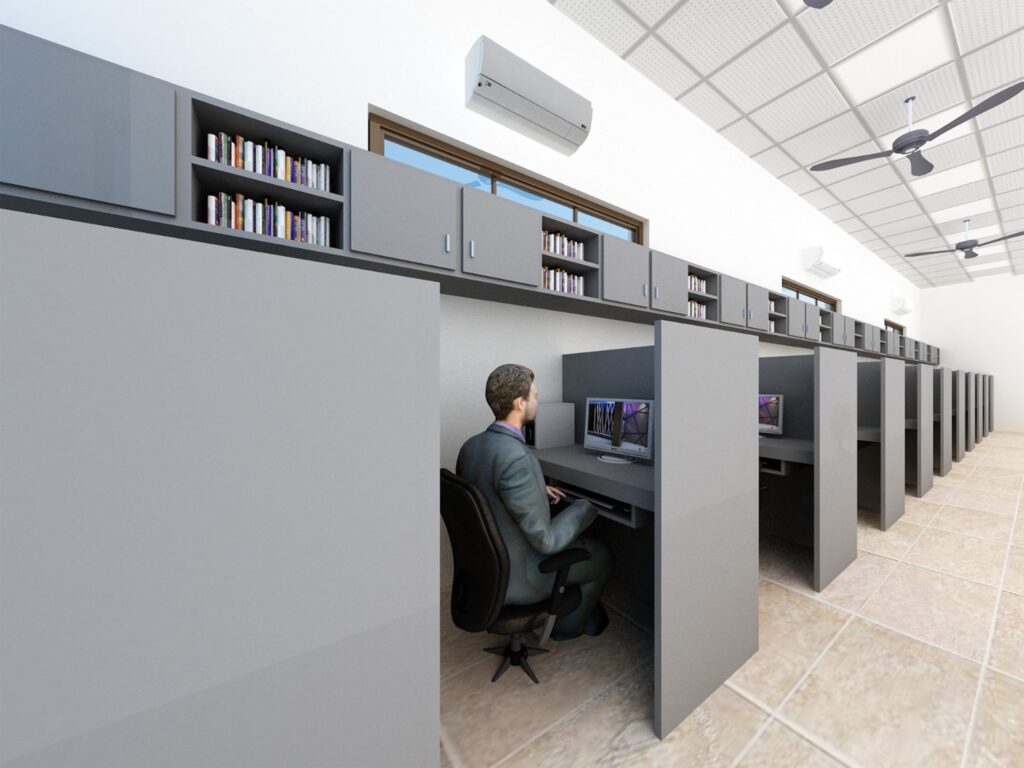Exploring Innovations in Technology Parks, Driving the Future of Tech-Rise of Technology Parks.
In the ever-evolving landscape of technological innovation, one concept has been gaining significant traction: technology parks. These dynamic hubs of creativity and collaboration are becoming pivotal in driving forward progress across various industries. With a blend of research facilities, business incubators, and corporate offices, technology parks are redefining the way innovation happens. Let’s delve into what exactly technology parks are, their significance, and the impact they are poised to have on the future of technology.

What are Technology Parks?
Technology parks, also known as tech parks or science parks, are designated areas specifically designed to foster innovation and technological advancement. These parks bring together a mix of stakeholders, including research institutions, universities, startups, established companies, and government agencies, creating a vibrant ecosystem where ideas can flourish.
Components of a Technology Park:
Research Facilities: At the heart of every technology park are state-of-the-art research facilities. These laboratories and research centers provide the infrastructure necessary for groundbreaking research and development across various fields such as biotechnology, nanotechnology, information technology, and more.
Business Incubators and Accelerators: Technology parks often house business incubators and accelerators aimed at nurturing startups and facilitating their growth. These programs offer invaluable support in the form of mentorship, funding, networking opportunities, and access to resources, helping startups navigate the challenges of entrepreneurship and scale their operations effectively.
Corporate Offices: Many established companies choose to establish a presence within technology parks to capitalize on the collaborative environment and access to cutting-edge research. These corporate offices often engage in partnerships with startups and research institutions, fostering innovation through collaboration and knowledge exchange.
Collaborative Spaces: Technology parks feature collaborative spaces such as co-working areas, conference rooms, and event venues where professionals from diverse backgrounds can come together to exchange ideas, host workshops, and participate in networking events.
Infrastructure and Amenities: To support the needs of the individuals and organizations within the park, there is a focus on providing robust infrastructure and amenities such as high-speed internet, transportation services, restaurants, recreational areas, and housing options.
Significance of Technology Parks:
Driving Innovation: By bringing together key players from academia, industry, and government, technology parks create an environment conducive to innovation. The close proximity of researchers, entrepreneurs, and investors fosters collaboration, accelerates the pace of discovery, and facilitates the translation of research findings into real-world applications.
Economic Growth: Technology parks serve as engines of economic growth, driving job creation, attracting investment, and stimulating local economies. As startups grow and mature within the park, they contribute to the creation of new industries and the expansion of existing ones, generating wealth and prosperity for the surrounding region.
Knowledge Transfer: Technology parks facilitate the transfer of knowledge and expertise between academia and industry, breaking down silos and bridging the gap between theoretical research and practical applications. This exchange of ideas not only accelerates the pace of innovation but also enhances the quality and relevance of research conducted within the park.
Talent Development: By providing a supportive environment for startups and access to cutting-edge research facilities, technology parks attract top talent from around the world. This influx of skilled professionals enriches the talent pool within the park, spurring further innovation and contributing to the development of a robust ecosystem of innovation and entrepreneurship.
Examples of Successful Technology Parks:
Silicon Valley, USA: Arguably the most famous technology park in the world, Silicon Valley is home to some of the largest and most influential technology companies, startups, and research institutions. It has played a central role in the development of the global technology industry, pioneering innovations in computing, software, and hardware.
Zhongguancun, China: Located in Beijing, is often referred to as China’s Silicon Valley. It is home to numerous technology companies, research institutes, and universities, making it a hotbed of innovation and entrepreneurship in China.
STFC Harwell Campus, UK: Situated near Oxford, the STFC Harwell Campus is one of the UK’s leading science and innovation campuses. It brings together academia, industry, and government to drive innovation in areas such as space science, energy, and healthcare.
Cyberjaya, Malaysia: Cyberjaya is a planned township in Malaysia that serves as the country’s premier technology hub. It is home to multinational technology companies, startups, and research institutions, playing a key role in Malaysia’s ambition to become a regional hub for technology and innovation.
The Future of Technology Parks:
As the pace of technological advancement continues to accelerate, the role of technology parks in driving innovation and economic growth will become increasingly important. However, the success of these parks depends not only on the availability of infrastructure and resources but also on factors such as government policies, regulatory frameworks, and cultural attitudes towards entrepreneurship and risk-taking.
